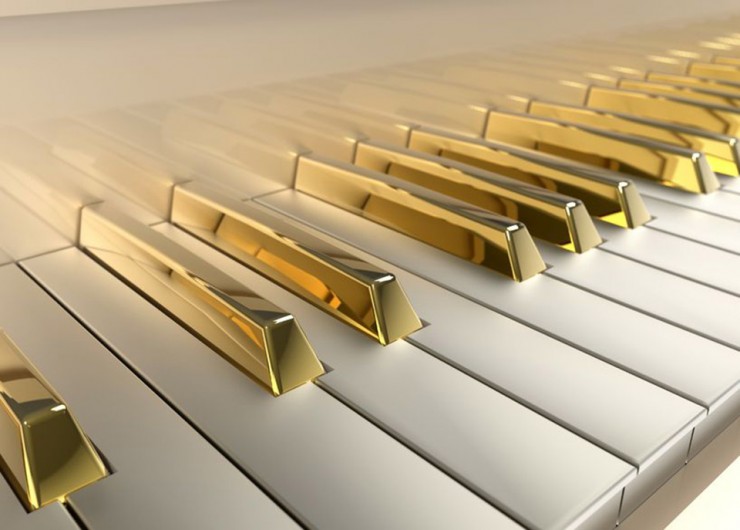
Choosing a piano is a significant decision for any musician, whether a beginner or an experienced player. The market is mostly dominated by two main kinds: digital and acoustic. Although both instruments serve the same basic goal making music, they vary greatly in their methods of doing so and the general playing experience they provide. Knowing these variations helps you to decide which kind most fits your requirements, budget, and way of life. Examining possibilities from Good piano brands for all categories will uncover a broad range of quality and features, therefore complicating the decision even more.
Touch and Sound Quality
Sound generation is the most basic distinction. Organic sound is produced by acoustic pianos via felt hammers hitting steel strings resonating inside a wooden soundboard. This produces a rich, complex, dynamic tone that is very responsive to the touch of the musician. A distinct tactile link to the instrument is provided by the mechanical movement and the weighted keys’ feel. On the other hand, digital pianos generate sound by means of high-quality digital recordings samples of acoustic pianos played back via speakers. Although contemporary digital pianos have incredibly realistic samples and weighted or graded hammer actions to mimic the feel of an acoustic, they usually cannot completely reproduce the complex resonances and nuanced dynamic range of their acoustic equivalents.

Durability and Maintenance
Acoustic pianos can be susceptible to temperature and humidity changes, which can impact tuning stability, thus they need consistent care including tuning at least once or twice a year. Over time, mechanical components also suffer wear and tear, which may call for expensive restorations or repairs. Being electronic instruments, digital pianos do not need tune. They are also significantly less affected by environmental conditions. On more sophisticated models, maintenance is usually restricted to periodic cleaning and software currency assurance. Although electronic parts can fail, digital pianos usually need less continuous maintenance and are less susceptible to physical degradation from external factors.
Price Issues
A piano’s first buying price could differ greatly. Particularly grand pianos among acoustic pianos are quite expensive and usually far more than digital pianos. Though still usually more expensive than equivalent digital ones, upright acoustic pianos are more reasonably priced. Apart from the first cost, acoustic pianos have continuous costs for tuning and possible maintenance. Generally speaking, digital pianos are far more affordable upfront and their lack of tuning requirements results in reduced long-term maintenance expenses. High-end digital pianos with sophisticated functionality and superior sound quality, on the other hand, can compete with the cost of certain upright acoustic pianos.
Choosing between a digital and acoustic piano means balancing these considerations against your particular situation, artistic aspirations, and money. Many purists find the genuine sound and feel of an acoustic piano unmatched, but for others a digital piano’s ease, features, and low cost make it a great option. Looking into possibilities from Good piano brands in all areas and ideally testing them out yourself will help you to best understand which instrument speaks most with you.
